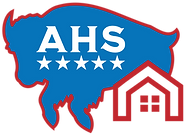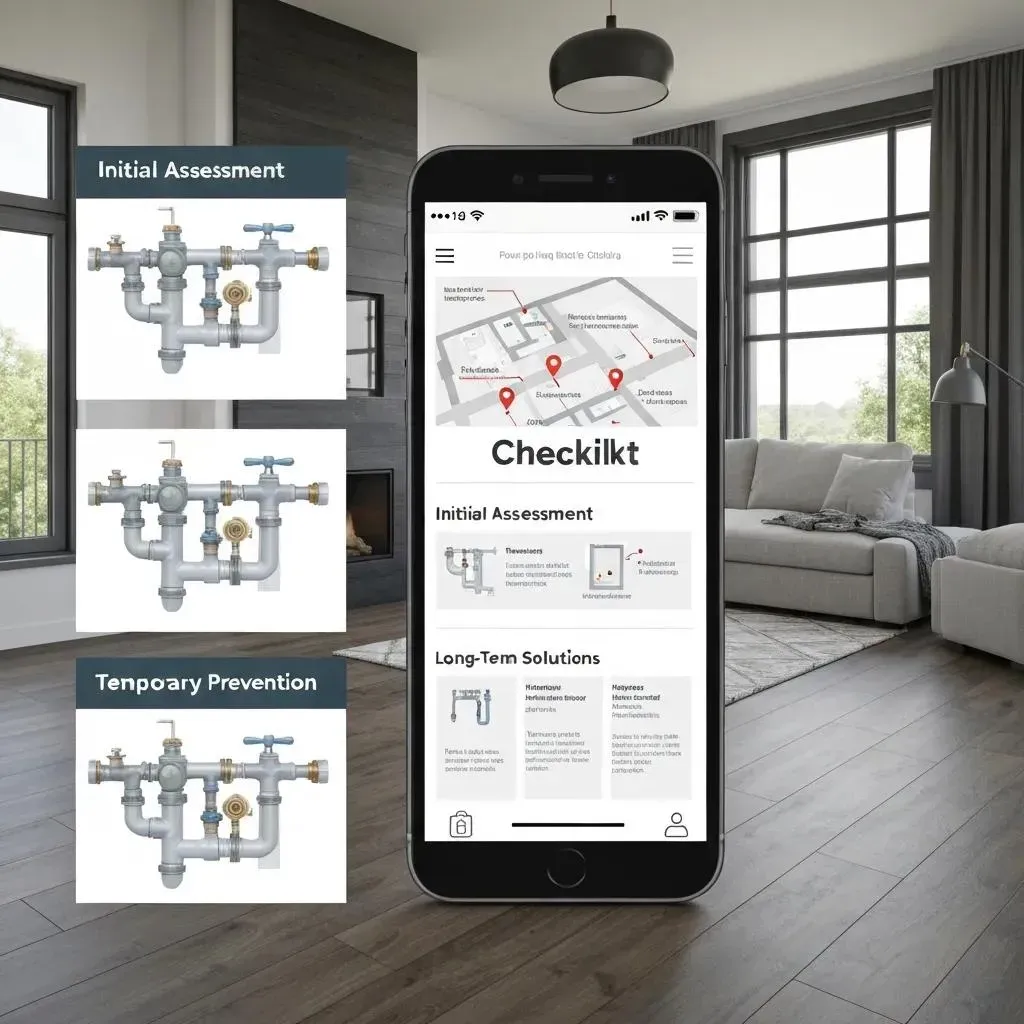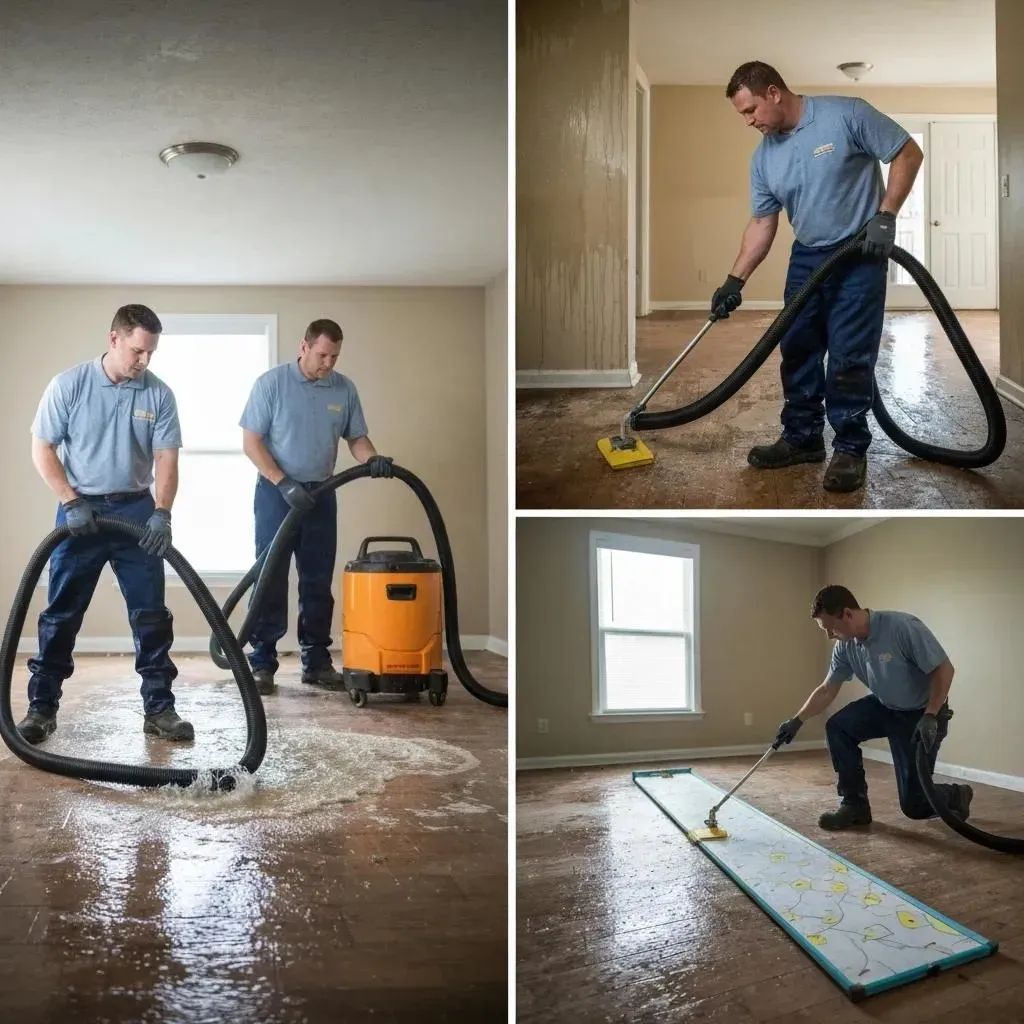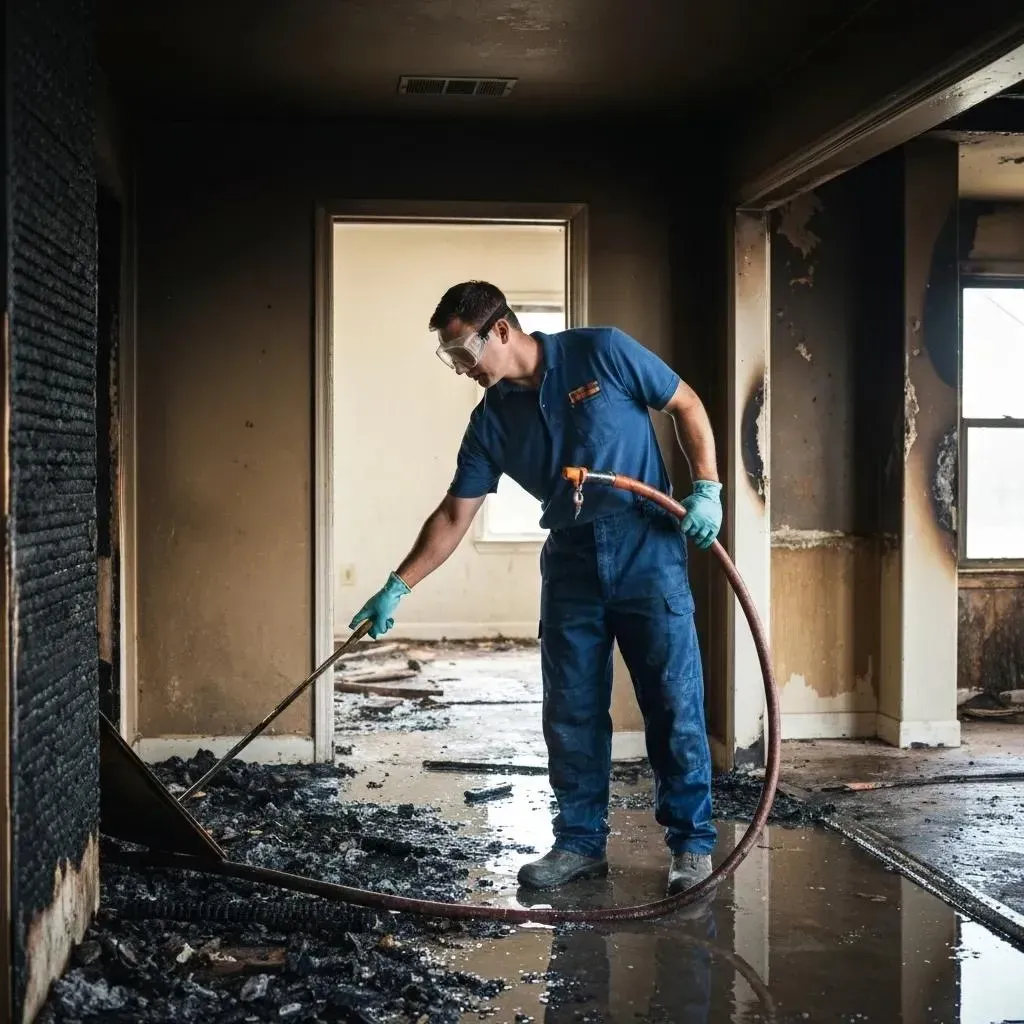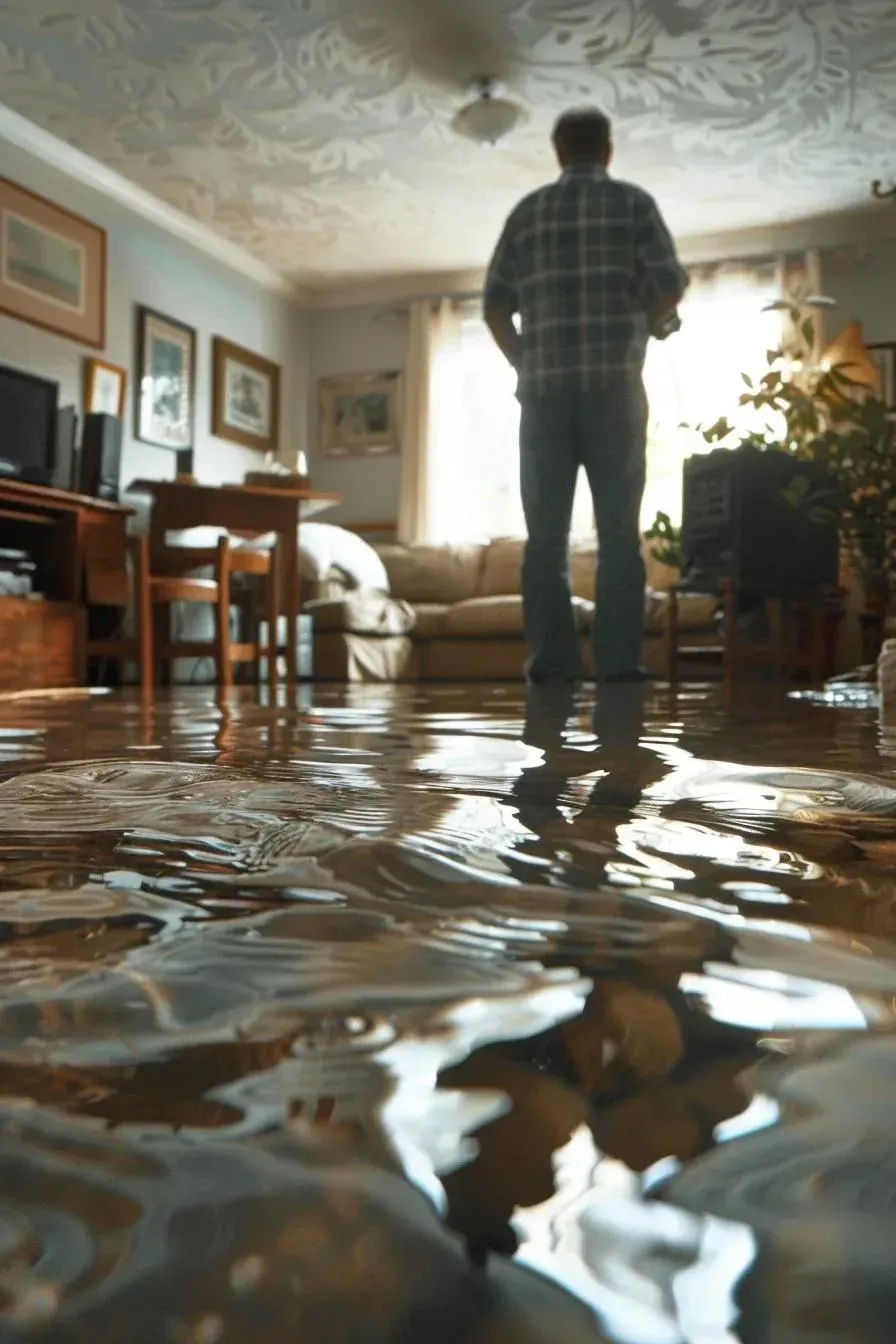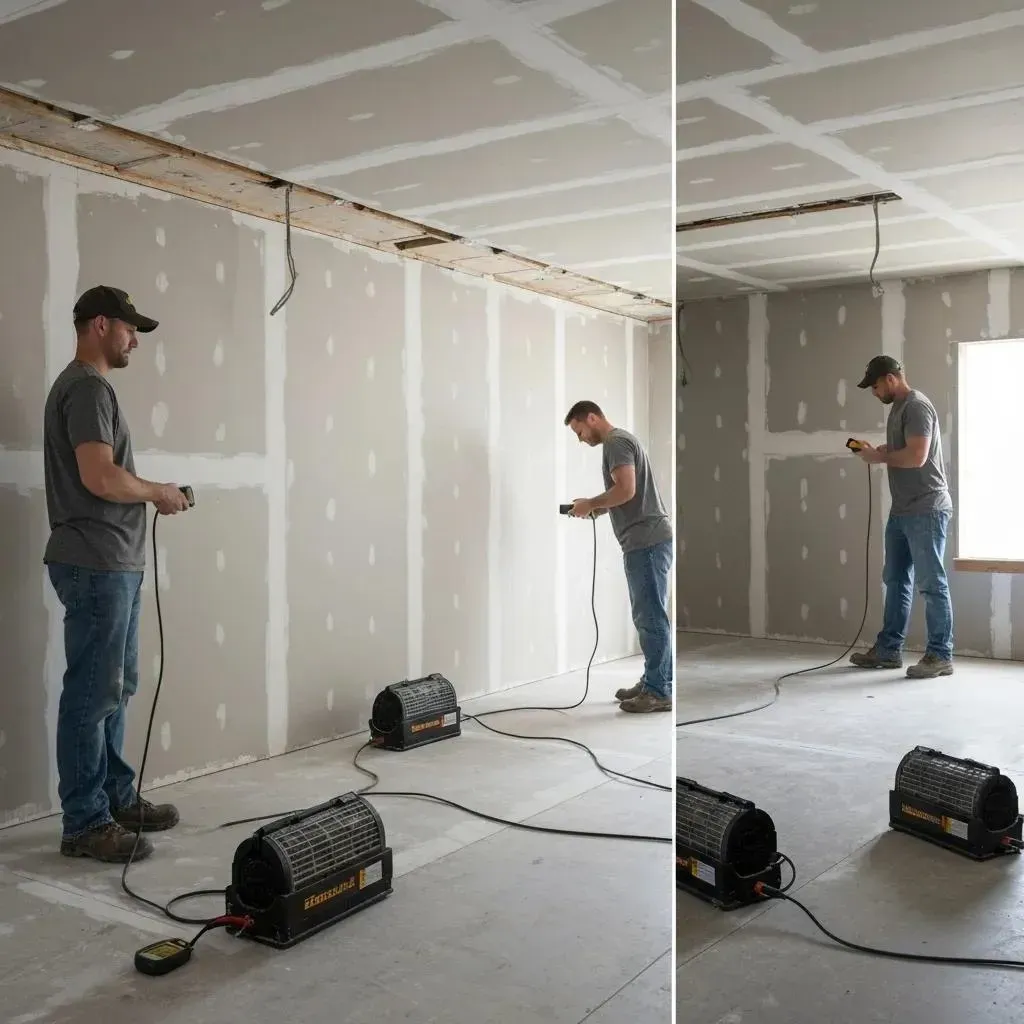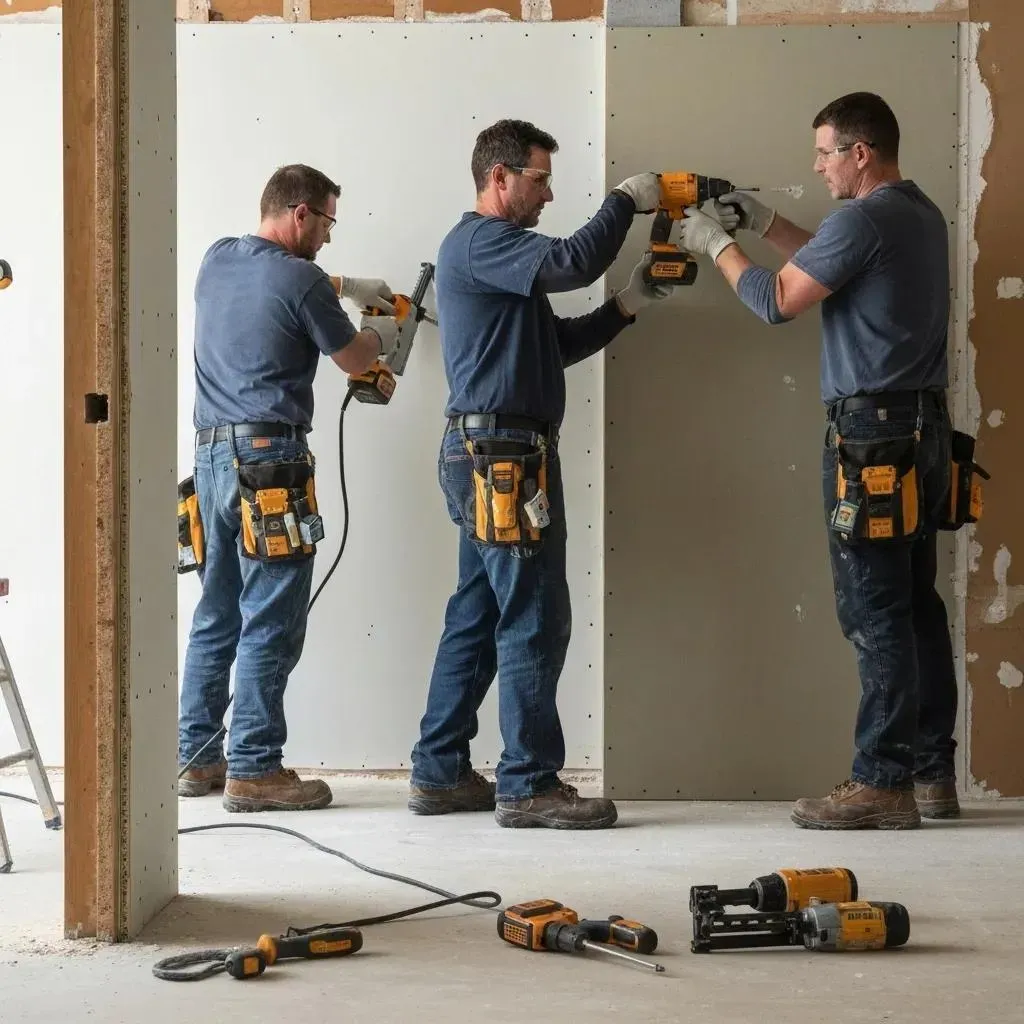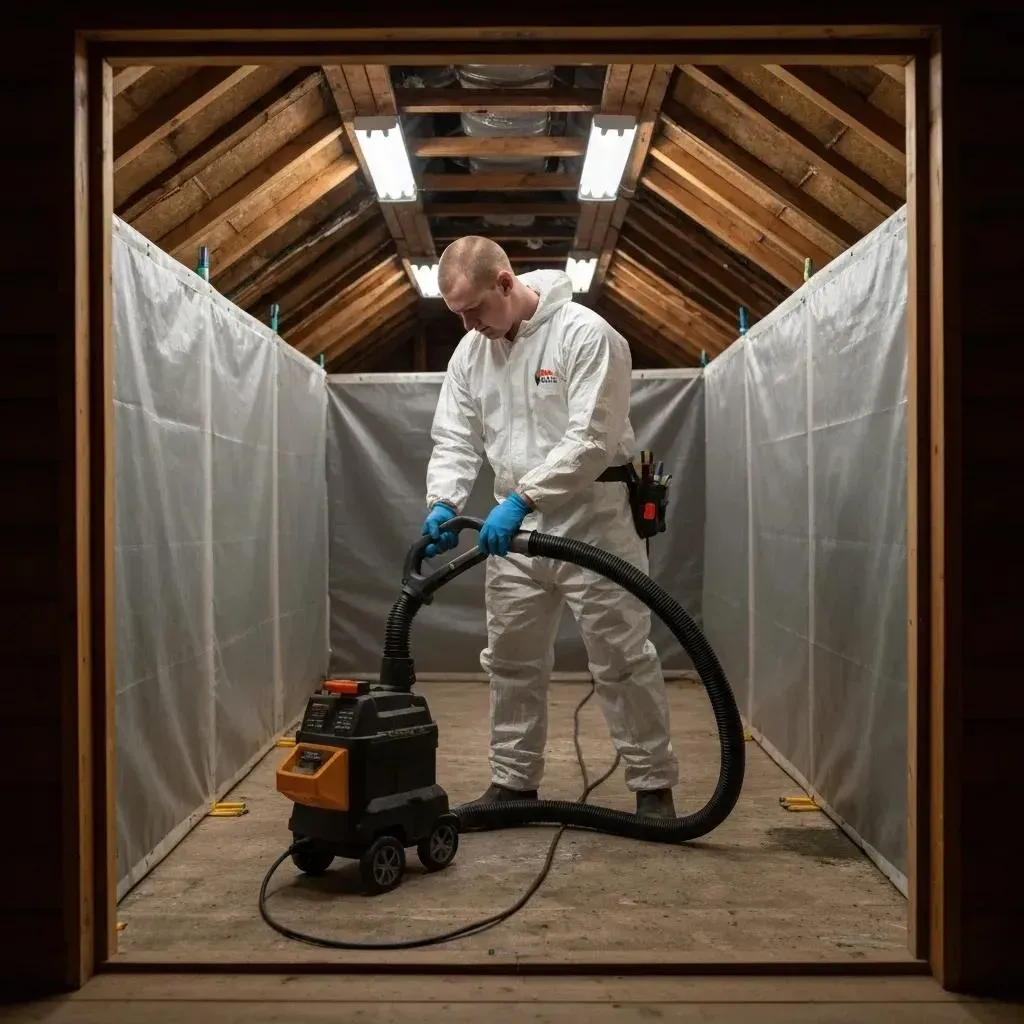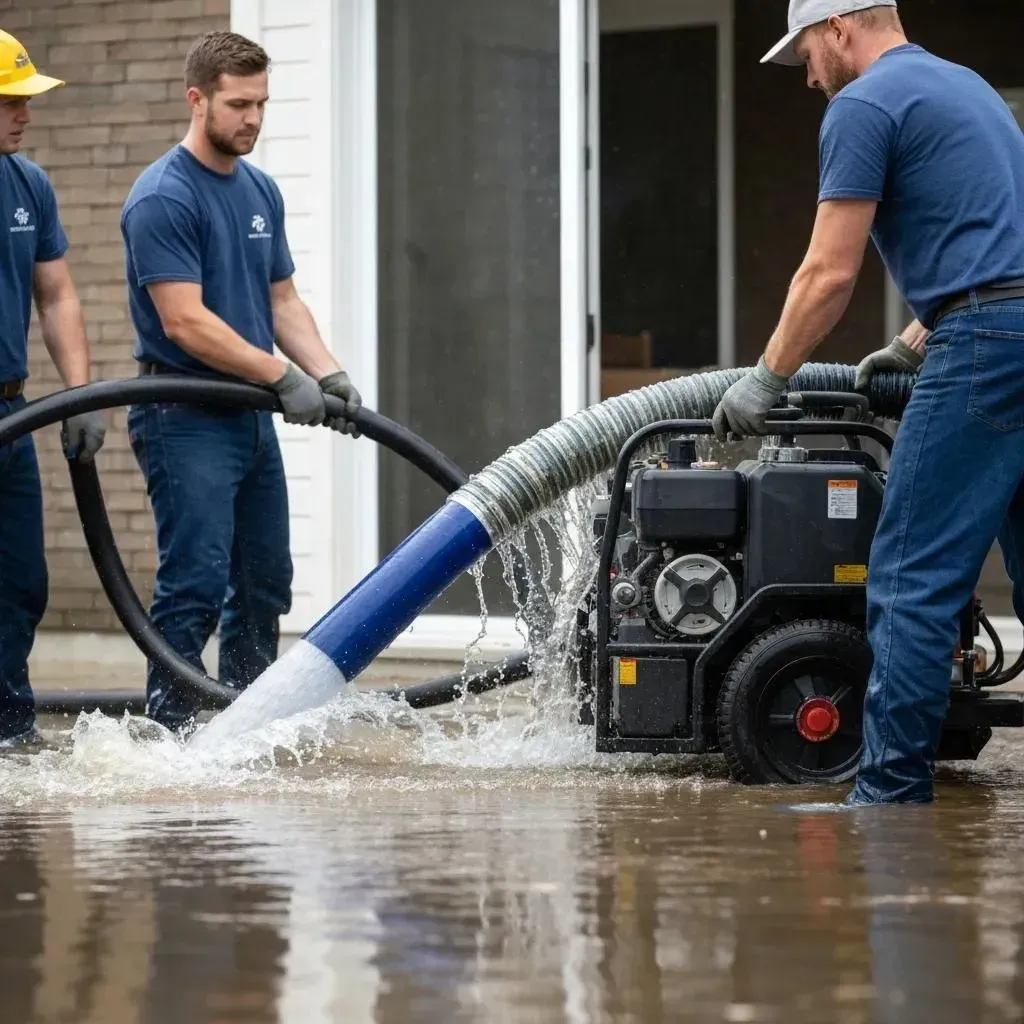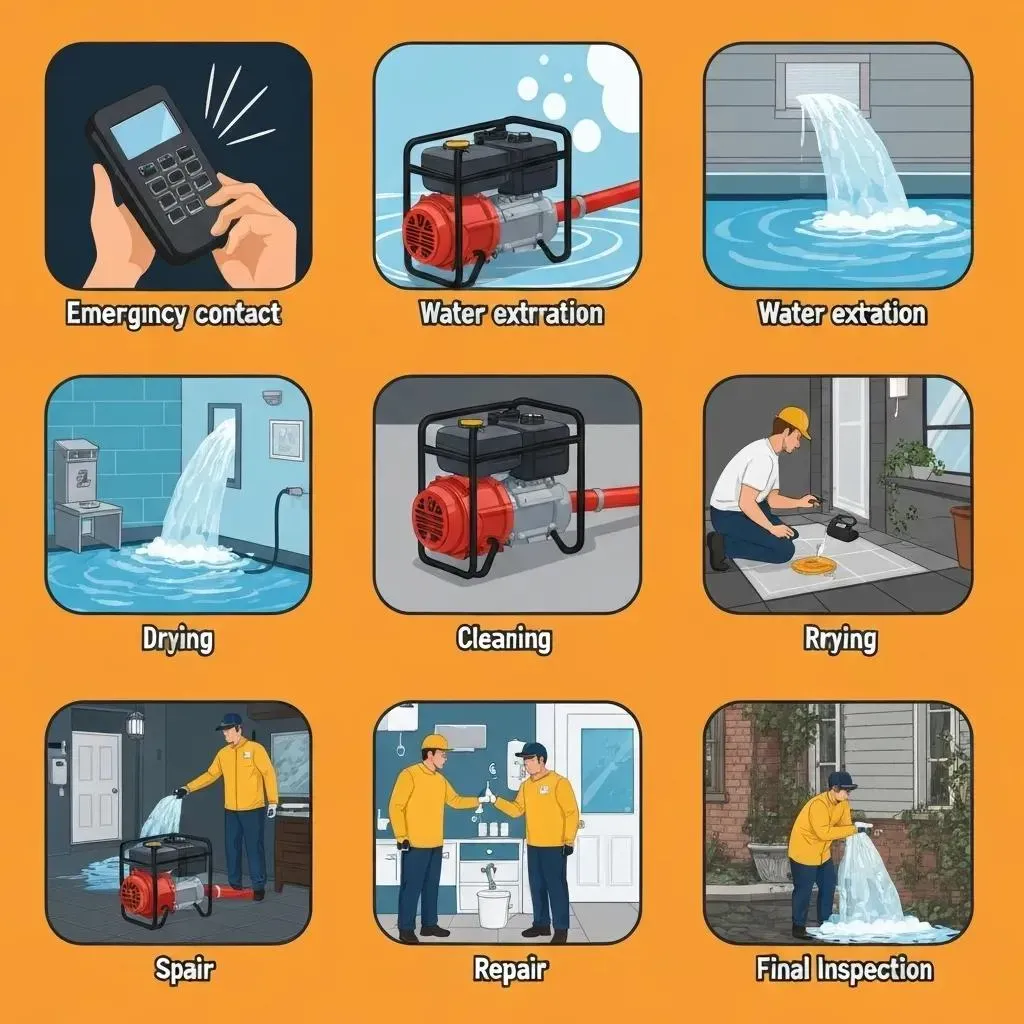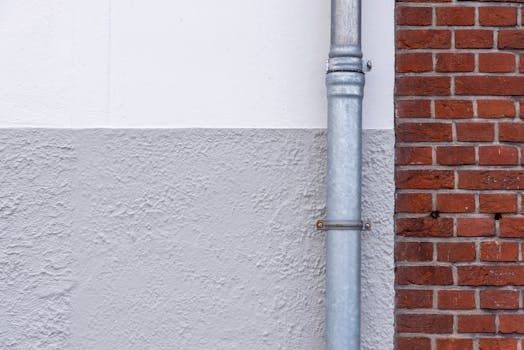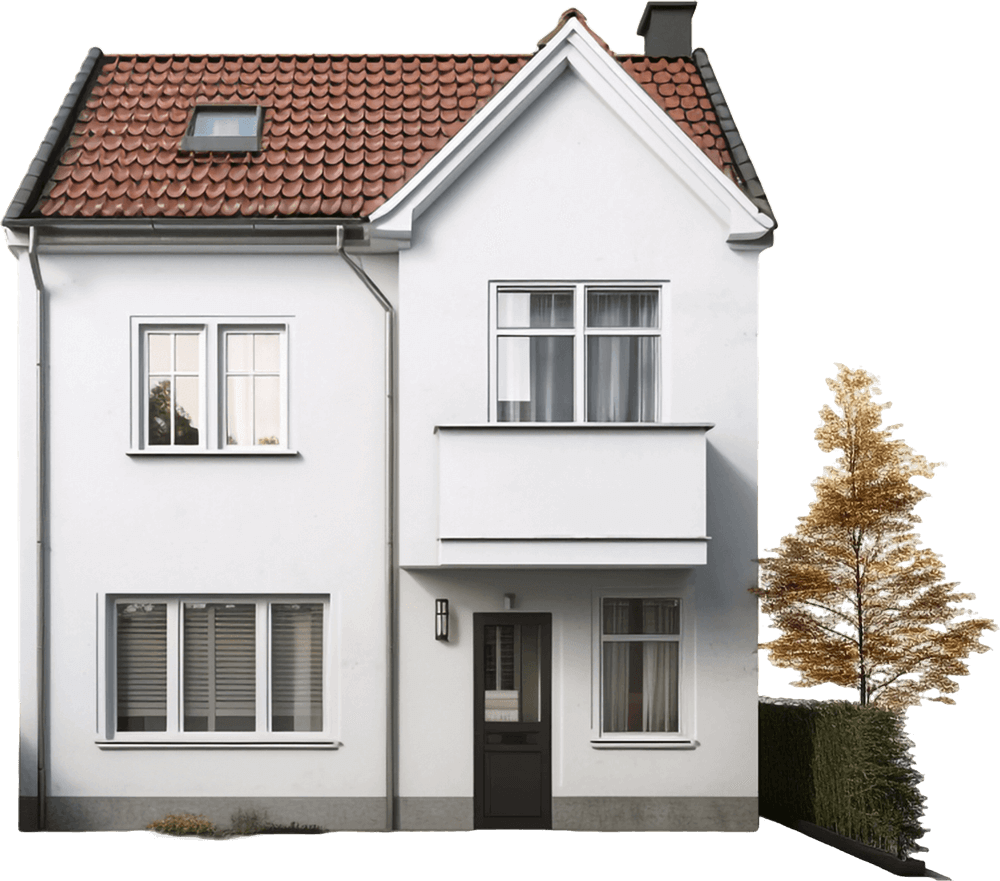Blog
Thermal Imaging Inspection: Uncovering Hidden Moisture and Mold in Denver Homes
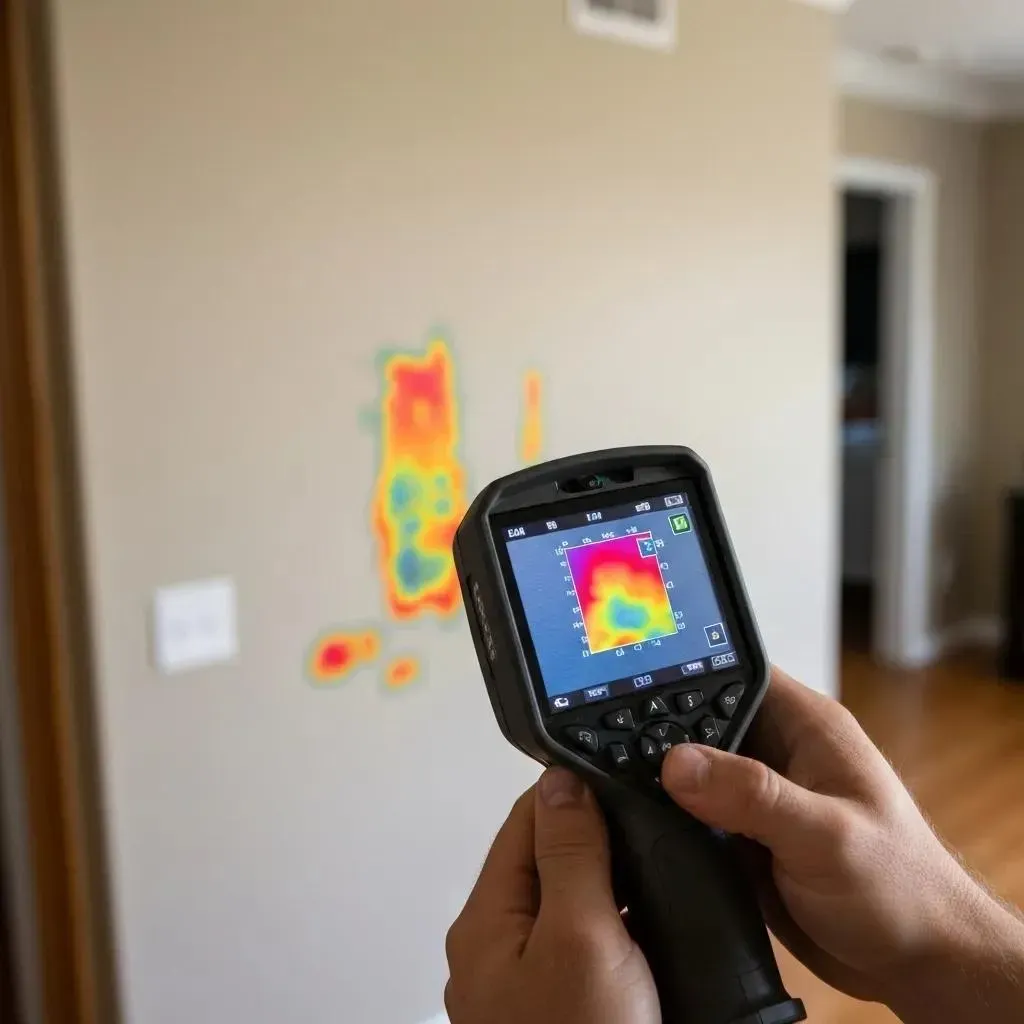
Hidden moisture and mold can seriously impact your Denver home's air quality, structural soundness, and overall value. Thermal imaging inspectionoffers a smart, non-invasive way to pinpoint leaks and contamination without needing to tear into your walls. In this guide, you'll learn how infrared technology works, why catching these issues early is crucial, what our inspection process involves, and how choosing a certified expert can save you money and give you peace of mind. We'll cover:
- The science behind thermal moisture mapping
- The health and financial risks of hidden water damage
- Our detailed inspection methodology
- The unique benefits of infrared surveys for Denver's climate
- How thermal imaging stacks up against traditional moisture meters and mold tests
- Factors influencing pricing and service options
- Common homeowner questions about thermal scans
Whether you're a homeowner or manage properties, understanding thermal imaging inspection empowers you to protect your investment and your family with precise diagnostics.
What Is Thermal Imaging and How Does Infrared Technology Detect Hidden Moisture?
Thermal imaging inspection uses infrared radiation to reveal temperature differences on surfaces, highlighting areas where moisture affects thermal conductivity. By detecting subtle heat variations caused by water's heat capacity or evaporative cooling, infrared technology maps moisture pathways without any destructive demolition. For instance, a damp wood stud will absorb and retain heat differently than surrounding dry framing, creating a distinct thermal signature that signals a potential leak.
Thermal Imaging for Moisture Detection
Infrared cameras are incredibly effective at spotting moisture intrusion because they can identify temperature differences between wet spots and building materials, even when these issues aren't visible to the naked eye. This capability allows for the early detection of water damage and the potential for mold growth.
How Does an Infrared Camera Work in Moisture Detection?
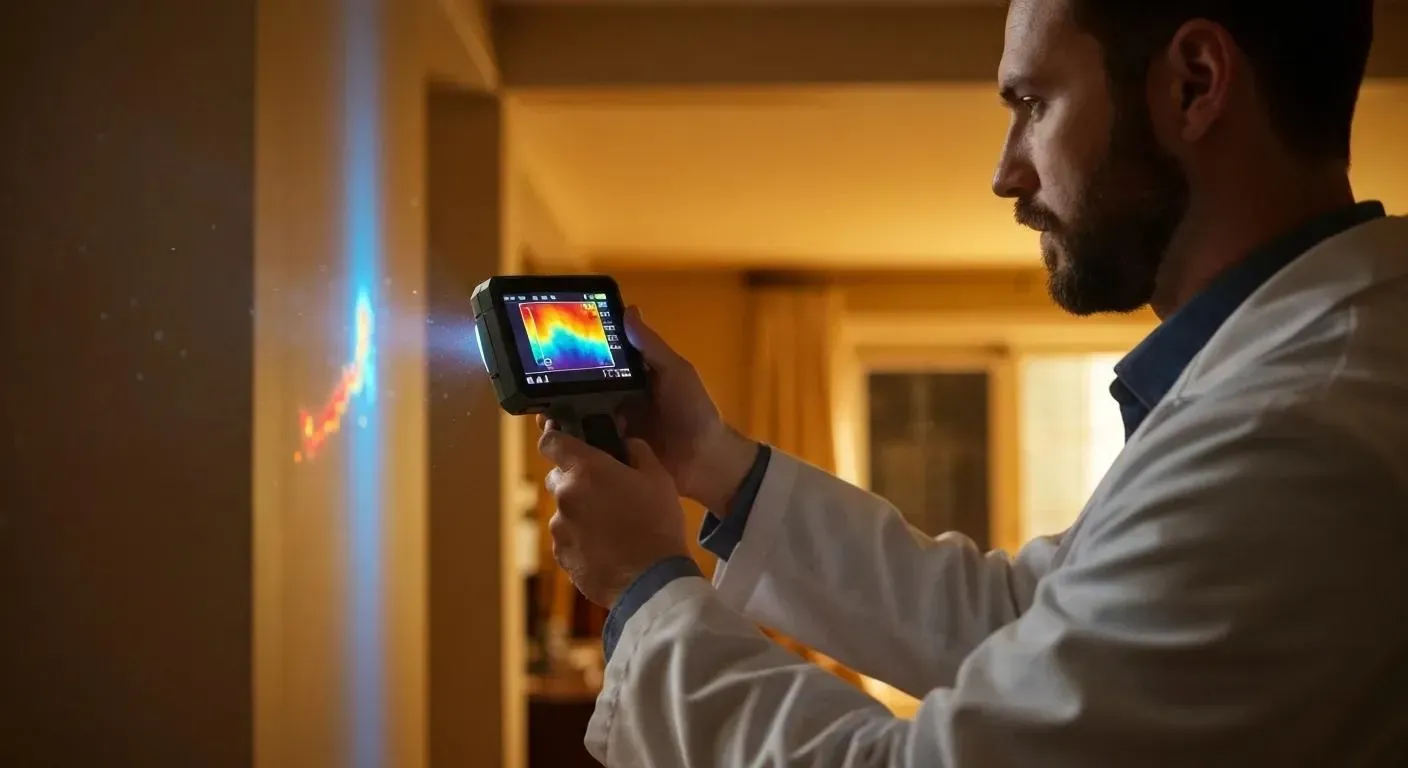
An infrared camera translates emitted infrared energy into a visual temperature map, known as a thermogram, where warmer and cooler areas are displayed in contrasting colors. These thermal anomalies are key indicators of moisture, as damp materials tend to hold heat longer after being warmed or cool down faster through evaporation. Our certified inspectors meticulously scan walls, floors, and ceilings to identify cold spots or heat sinks that point to hidden leaks, enabling focused investigation and precise repair planning.
How Thermal Imaging Works
Thermal imaging helps detect potential mold risks by identifying temperature changes on surfaces, which reveals moisture patterns. This non-invasive method allows inspectors to concentrate on moisture issues without causing damage to walls or floors, making the entire process more efficient.
What Is the Role of Evaporative Cooling in Thermal Moisture Mapping?
Evaporative cooling happens when liquid water absorbs thermal energy to turn into vapor, causing wet surfaces to appear cooler on a thermogram. This phenomenon is crucial for identifying active moisture intrusion and tracking drying patterns, allowing inspectors to differentiate between past water damage and current leaks. By capturing these real-time cooling effects, thermal imaging effectively highlights areas that need immediate attention before mold can start to spread.
Which Infrared Cameras Are Used for Thermal Imaging Inspections?
We utilize a range of infrared cameras, each selected for its specific resolution, sensitivity, and portability to best suit various inspection needs. Here’s a look at some of the models commonly deployed:
| Camera Model | Thermal Resolution | Typical Application |
|---|---|---|
| FLIR E6 | 160 × 120 pixels | General moisture surveys |
| FLIR E8 | 320 × 240 pixels | High-definition leak and insulation scans |
| Testo 885 | 320 × 240 pixels | Building envelope and HVAC diagnostics |
| Hikmicro B20 | 256 × 192 pixels | Affordable residential inspections |
These advanced instruments can detect temperature differences as slight as 0.05 °C, ensuring pinpoint accuracy in locating damp spots hidden behind drywall and beneath flooring.
Why Is Hidden Moisture and Mold a Serious Threat to Denver Homeowners?
Hidden moisture creates the perfect environment for mold growth, which can severely degrade your indoor air quality, trigger health issues, and damage your home's building materials. If left unaddressed, mold can spread through wall cavities and crawl spaces, compromising the structural integrity of your home and significantly reducing its resale value. Identifying and tackling moisture problems early is essential for protecting both your health and your property.
What Health Risks Are Associated with Mold Growth in Homes?
Mold spores released into the air inside your home can trigger allergic reactions, cause respiratory irritation, and in more serious cases, worsen asthma or even lead to immune suppression. Those most vulnerable—children, older adults, and individuals with existing lung conditions—face a higher risk of experiencing symptoms like coughing, nasal congestion, and skin irritation when exposed to significant mold concentrations.
How Does Moisture Damage Affect Structural Integrity and Property Value?
Extended exposure to water can weaken wood framing, corrode metal components, and cause drywall to delaminate, leading to issues like sagging ceilings, rotting joists, and compromised foundations. Homes with undetected water damage often face difficulties during inspections, incur substantial remediation costs, and see a noticeable drop in market appeal. Addressing leaks promptly helps preserve your property's value and prevents the need for extensive, costly restoration work.
What Are Common Signs of Hidden Moisture and Mold in Residential Properties?
Homeowners often notice musty odors, discolored patches on walls, peeling paint, or warped flooring as telltale signs of concealed water intrusion. Consistently high indoor humidity levels, visible mold near plumbing fixtures, and recurring allergy symptoms can also indicate hidden dampness that warrants an infrared inspection.
How Does Our Non-Invasive Thermal Imaging Inspection Process Work?
Our thermal imaging inspection provides precise moisture mapping without any need for destructive methods. Our team, certified to IICRC and AMRT standards, uses state-of-the-art FLIR cameras to scan your property, analyze the thermal data, and recommend the most effective targeted restoration steps.
IICRC Standards
IICRC standards are globally recognized guidelines that set the benchmark for best practices in inspection, cleaning, and restoration work. Developed through a collaborative industry consensus, these standards form the basis for training, certification, and everyday field operations.
Applied Microbial Remediation Technician (AMRT)
The Applied Microbial Remediation Technician (AMRT) certification focuses on mold and sewage remediation techniques for professionals in property management and restoration. This certification emphasizes best practices for mold and sewage remediation to ensure the health and safety of both workers and building occupants.
What Steps Are Involved in a Thermal Imaging Moisture and Mold Inspection?
- Pre-Scan Assessment – We begin by reviewing building plans and any known problem areas.
- Infrared Survey – We then capture detailed thermograms of walls, ceilings, floors, and the exterior building envelope.
- Moisture Confirmation – Non-invasive moisture meters are used to validate any thermal anomalies detected.
- Data Analysis – We meticulously interpret all thermal and moisture readings to pinpoint the exact sources of intrusion.
- Reporting – Finally, we compile our findings into a clear, visual report with actionable recommendations for repair.
This systematic approach ensures that every thermal anomaly is thoroughly verified and mapped, facilitating efficient coordination of repairs.
How Do Certified Inspectors Use Thermal Imaging to Identify Problem Areas?
IICRC-certified technicians expertly combine infrared scans with detailed moisture profiling to accurately distinguish between normal temperature variations and actual leaks. By correlating thermal data with specific building materials and environmental conditions, they can isolate hidden moisture, trace its origin—whether from burst pipes or roof failures—and clearly define the scope of necessary remediation.
What Can Homeowners Expect in the Detailed Thermal Imaging Report?
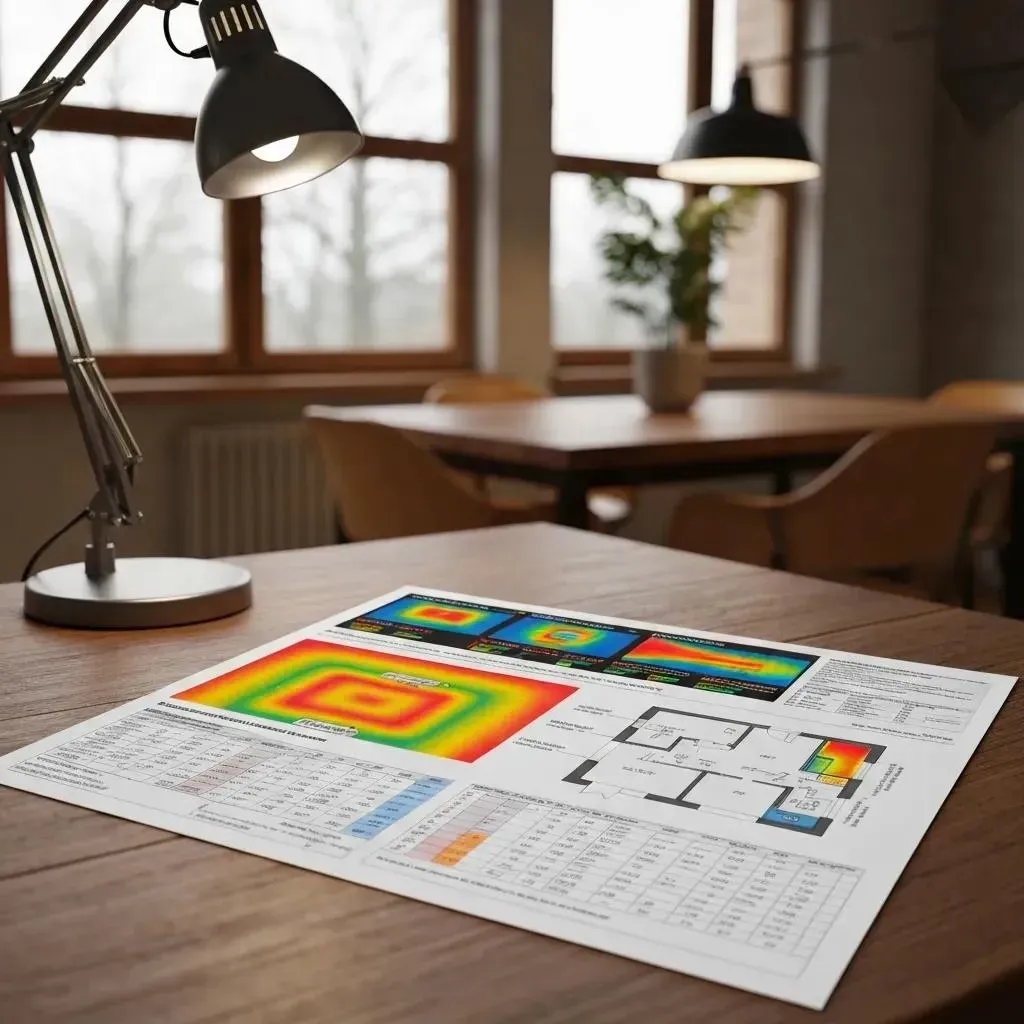
Homeowners receive a comprehensive report that includes thermographic images, tables of moisture measurements, schematic floor plans highlighting affected areas, and prioritized recommendations for repairs. This detailed document is invaluable for supporting insurance claims, planning restoration efforts, and making informed decisions about structural repairs and mold remediation.
What Are the Benefits of Choosing Thermal Imaging for Mold and Moisture Detection?
Thermal imaging inspection offers significant advantages over traditional, invasive methods, providing faster, more accurate, and cost-effective diagnostics. It minimizes disruption to your property, speeds up the identification of leaks, and ensures that remediation efforts are focused precisely where they are needed most.
How Does Non-Destructive Infrared Inspection Save Time and Money?
By eliminating the need for exploratory demolition, infrared scans drastically reduce labor and restoration expenses while shortening project timelines. Our inspectors pinpoint only the affected areas, avoiding unnecessary openings in walls and reducing material waste. This level of precision directly translates into lower repair bills and a quicker return to your normal living environment.
How Does Early Detection Prevent Costly Repairs and Health Issues?
Identifying moisture and mold issues in their early stages effectively curbs microbial growth and prevents structural decay before widespread damage can occur. Prompt intervention significantly reduces the scope of restoration work, lowers the costs associated with mold remediation, and prevents the development of indoor air quality hazards that could impact occupants' health.
Why Is Thermal Imaging Ideal for Denver’s Climate and Building Types?
Denver's fluctuating seasonal humidity and diverse building styles—ranging from historic brick homes to contemporary stucco structures—present unique challenges for hidden moisture. Infrared surveys are adept at adapting to these varied materials and temperature ranges, effectively revealing concealed leaks that might otherwise go unnoticed by standard moisture meters or visual inspections.
How Does Thermal Imaging Compare to Traditional Mold Testing and Moisture Detection?
While thermal imaging doesn't detect mold spores directly, it excels at identifying the conditions—excess moisture and temperature anomalies—that are conducive to mold growth. When integrated with other testing methods, these surveys provide a comprehensive assessment of potential issues.
Can Thermal Imaging Detect Mold Directly or Only Conditions for Mold Growth?
Thermal imaging pinpoints temperature and moisture patterns that suggest potential mold habitats, rather than detecting the mold organisms themselves. This crucial information guides mold testing specialists in performing targeted sampling to accurately confirm the type and concentration of mold present.
When Should Thermal Imaging Be Combined with Mold Testing?
Infrared scanning is most effective when followed by laboratory-based mold testing, especially after thermal anomalies have been confirmed with moisture meters. This two-step approach ensures precise identification of mold types and supports the development of customized remediation strategies.
What Are the Advantages Over Moisture Meters and Visual Inspections?
Infrared cameras can scan entire surfaces simultaneously, uncovering hidden leaks behind insulation or drywall that moisture meters, with their limited probe reach, might miss. Visual inspections alone are incapable of revealing concealed water accumulations, making thermal imaging an indispensable complement for thorough diagnostics.
How Much Does a Thermal Imaging Inspection Cost in Denver?
The cost of a thermal imaging inspection can vary based on factors like property size, complexity, and the urgency of the service needed. Understanding these cost drivers will help you budget effectively and compare different service options.
Denver Mold Testing Costs
The cost for mold inspections in Denver can differ significantly. Some companies may charge up to $1000 for an inspection, which might include testing. It's worth noting that the CDC advises against routine mold sampling, emphasizing that the primary focus should be on the removal of the mold itself, regardless of its specific type.
What Factors Influence the Price of Infrared Moisture Detection Services?
The overall cost is influenced by several factors, including the square footage of the property, the number of inspection zones (such as the attic, basement, or exterior walls), any accessibility challenges, and whether additional services like sampling or pump tests are required. Emergency call-outs or requests for expedited reporting may also incur additional charges.
Are There Affordable Options for Homeowners and Property Managers?
Many service providers offer tiered packages—ranging from a basic thermal survey to options that include moisture confirmation add-ons and full diagnostic reports—to accommodate various budgets. For multi-unit properties, group inspections often come with discounted rates per unit.
Does Accountable Home Services Offer Free Estimates or Emergency Inspections?
Accountable Home Services is pleased to offer free, no-obligation estimates and provides 24/7 emergency thermal imaging services for urgent leak or mold concerns. Our dedicated local Denver team is ready to respond quickly to minimize damage and restore your home's safety.
What Are the Most Frequently Asked Questions About Thermal Imaging Inspections?
Homeowners and property managers often have questions about detection capabilities, safety protocols, recommended maintenance schedules, and how thermal imaging integrates with other services. Understanding these aspects will help you make well-informed decisions regarding moisture and mold management.
Can Thermal Imaging Detect Mold Behind Walls and Under Floors?
Absolutely. Thermal imaging is highly effective at revealing moisture patterns beneath surfaces where mold commonly thrives. The presence of cold or warm spots detected by the camera indicates areas that require further mold testing to confirm the existence of biological growth.
How Safe Is Thermal Imaging for Home Inspections?
Thermal imaging utilizes passive infrared radiation and poses no health risks whatsoever. The process requires no physical contact, involves no radiation exposure, and necessitates no destructive procedures during the inspection.
How Often Should Homes in Denver Be Inspected with Thermal Imaging?
We recommend annual or biannual infrared surveys, particularly aligning with Denver's seasonal moisture cycles. This proactive approach ensures early detection of potential issues, such as roof leaks after winter snowmelt or water penetration during the monsoon season.
How Does Thermal Imaging Integrate with Other Restoration and Plumbing Services?
The findings from thermal imaging inspections seamlessly guide our plumbing leak detection, drywall repair, and mold remediation teams. By precisely pinpointing problem areas, thermal imaging streamlines the entire restoration process, ensuring efficient and effective service coordination.
For expert thermal imaging inspection services, visit Accountable Home Services - Premier Restoration and Plumbing in Denver. You can also learn more about our Thermal Imaging Inspection services and schedule your complimentary estimate today.
